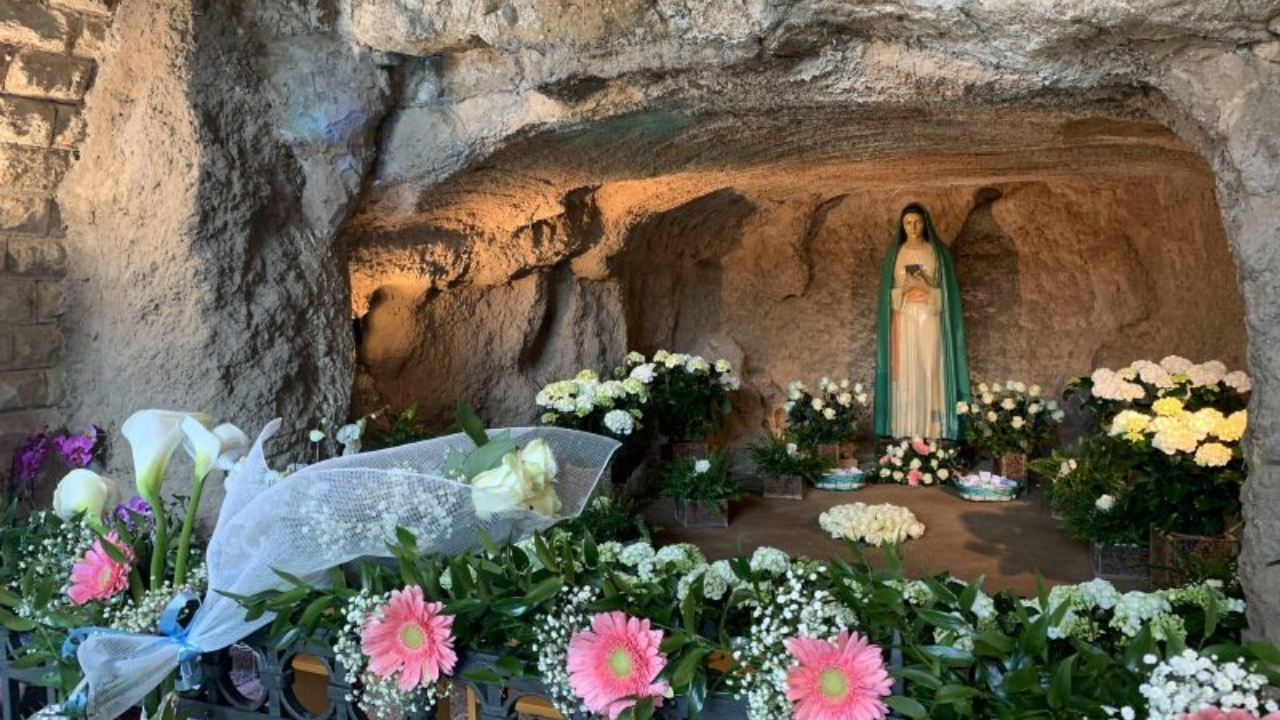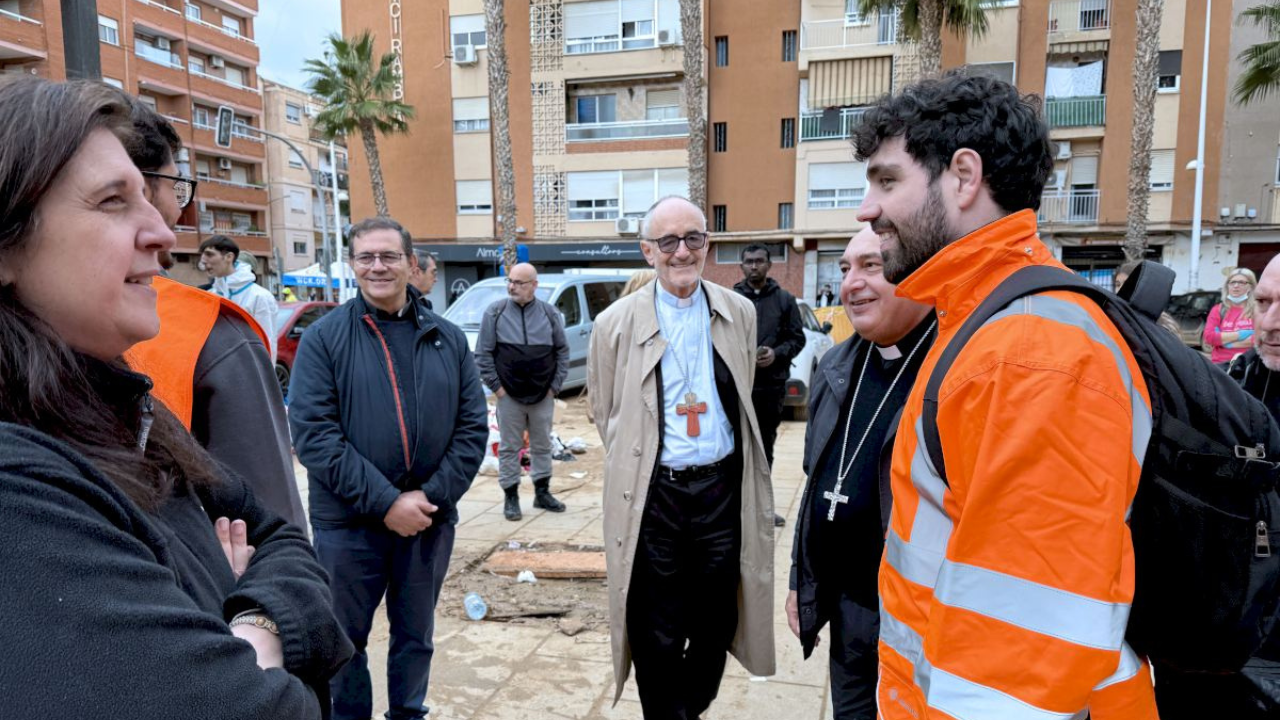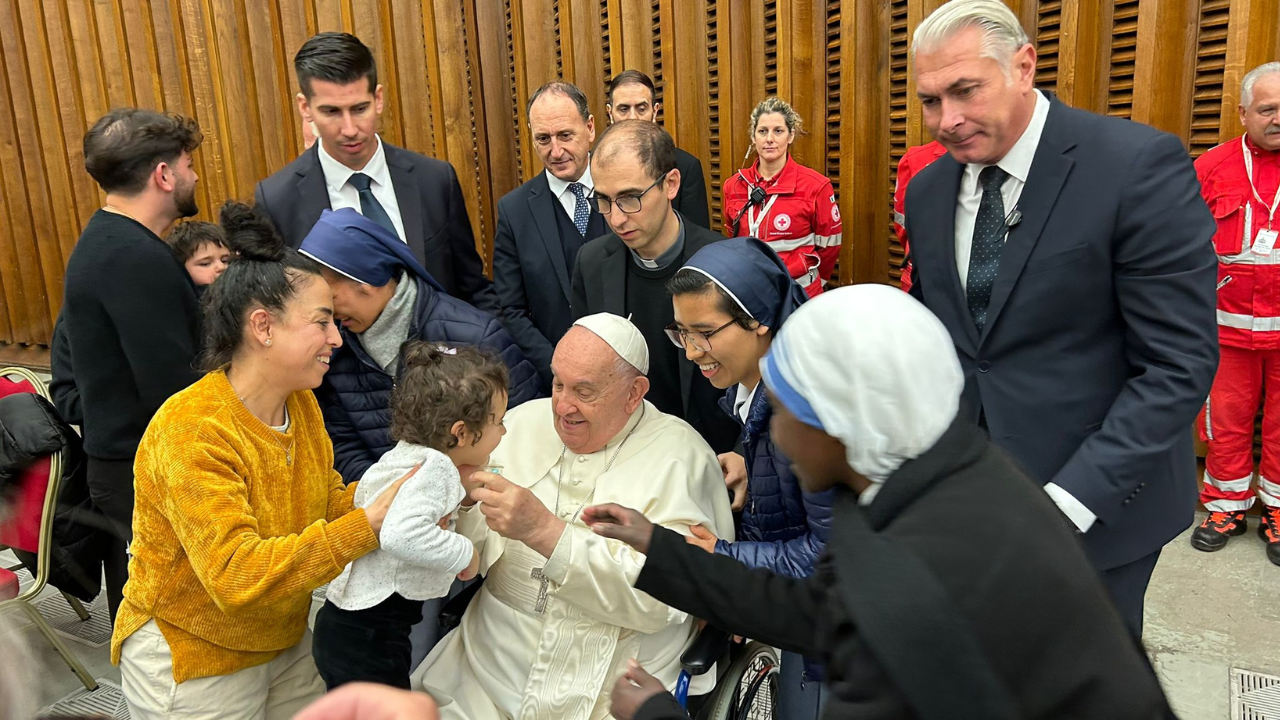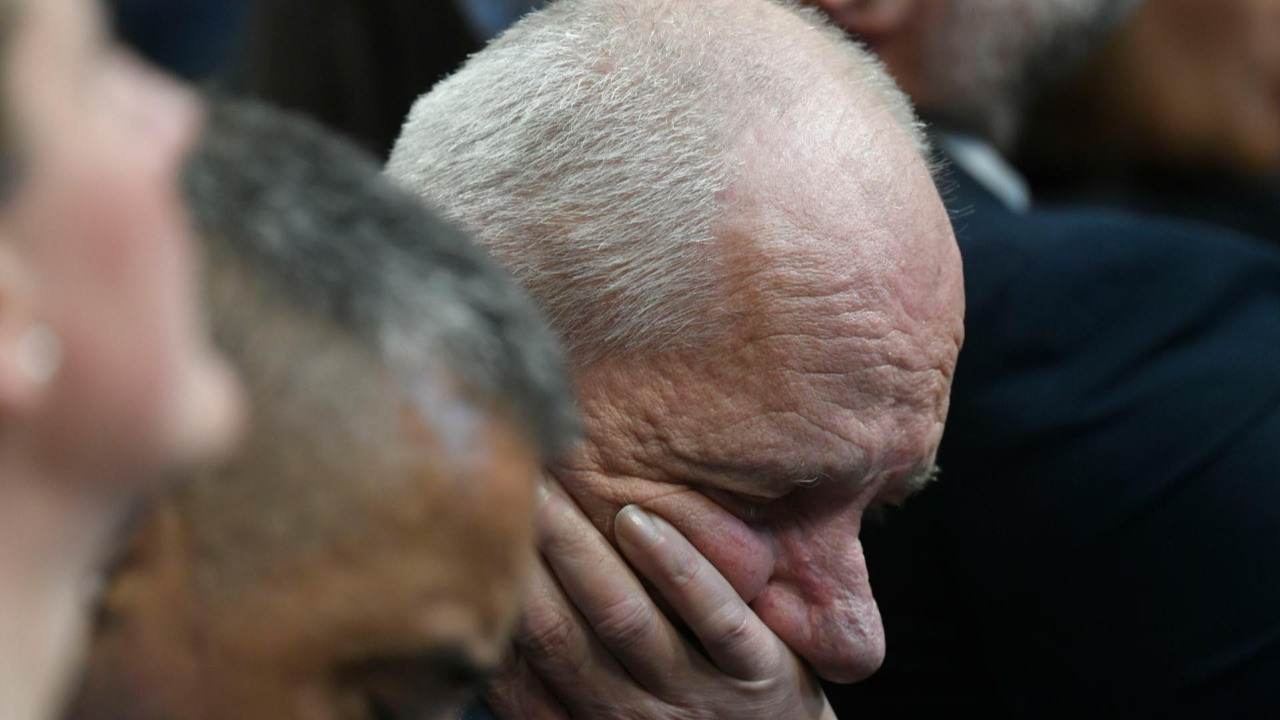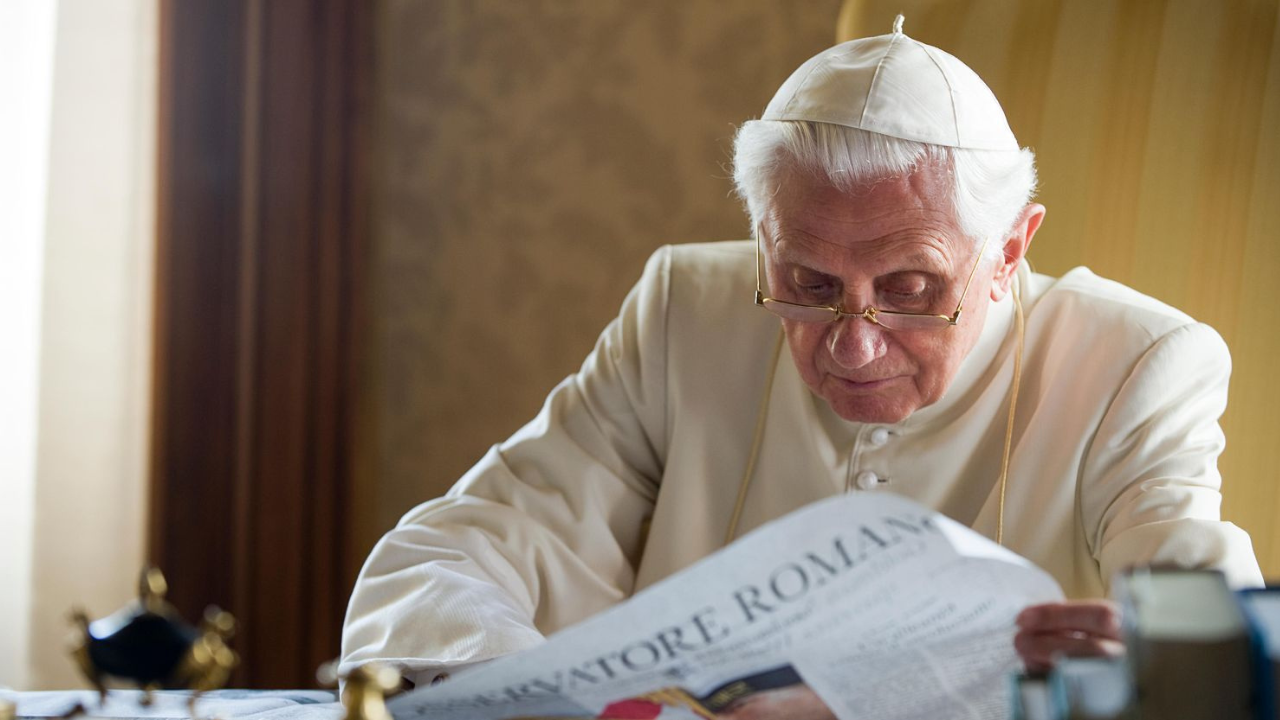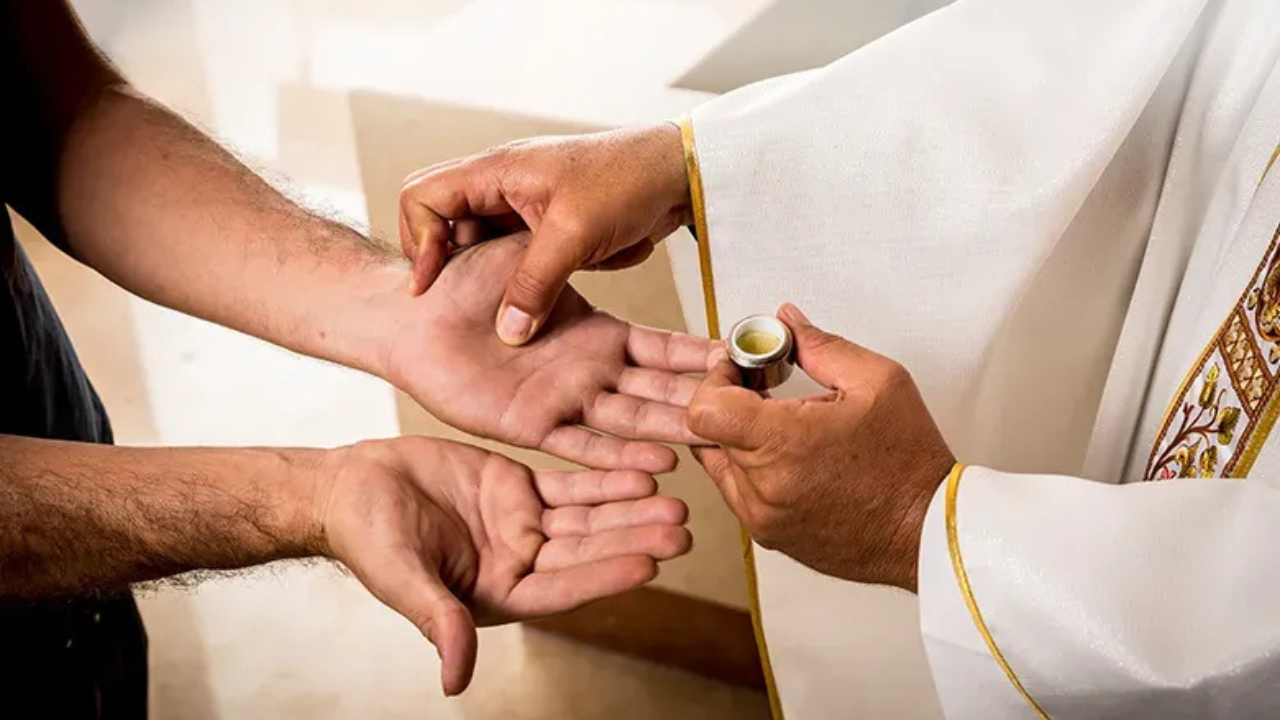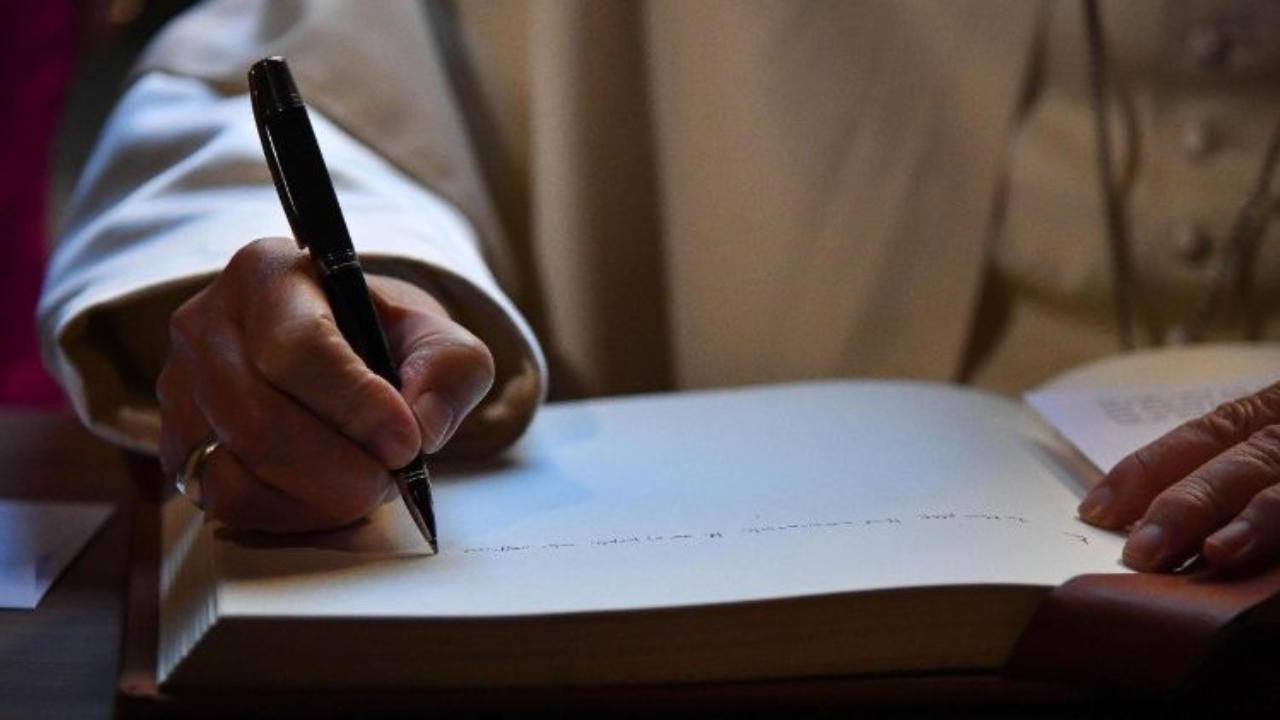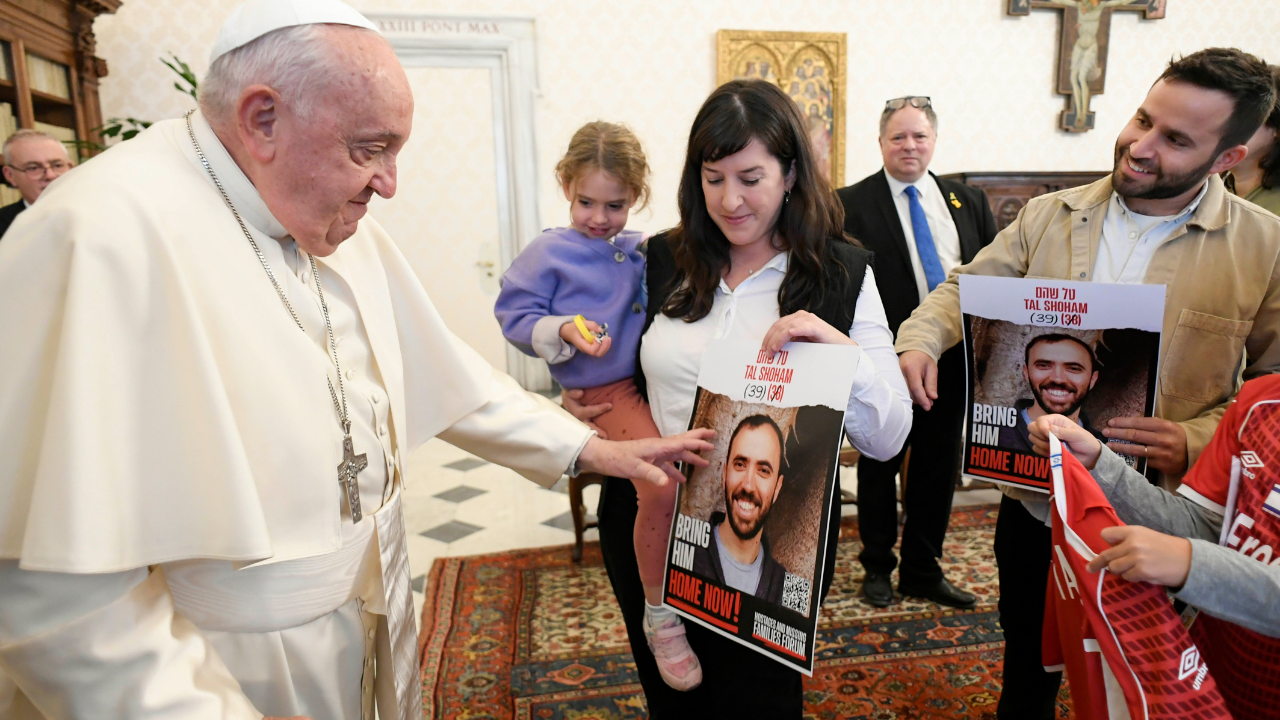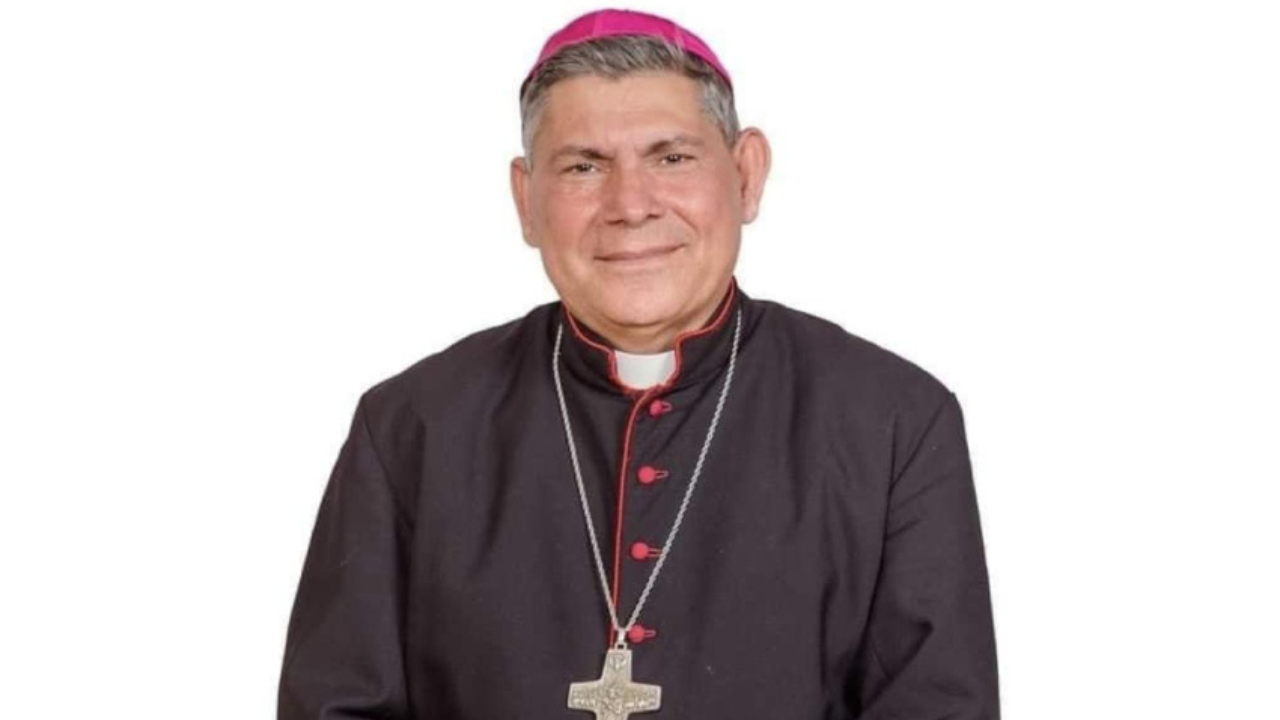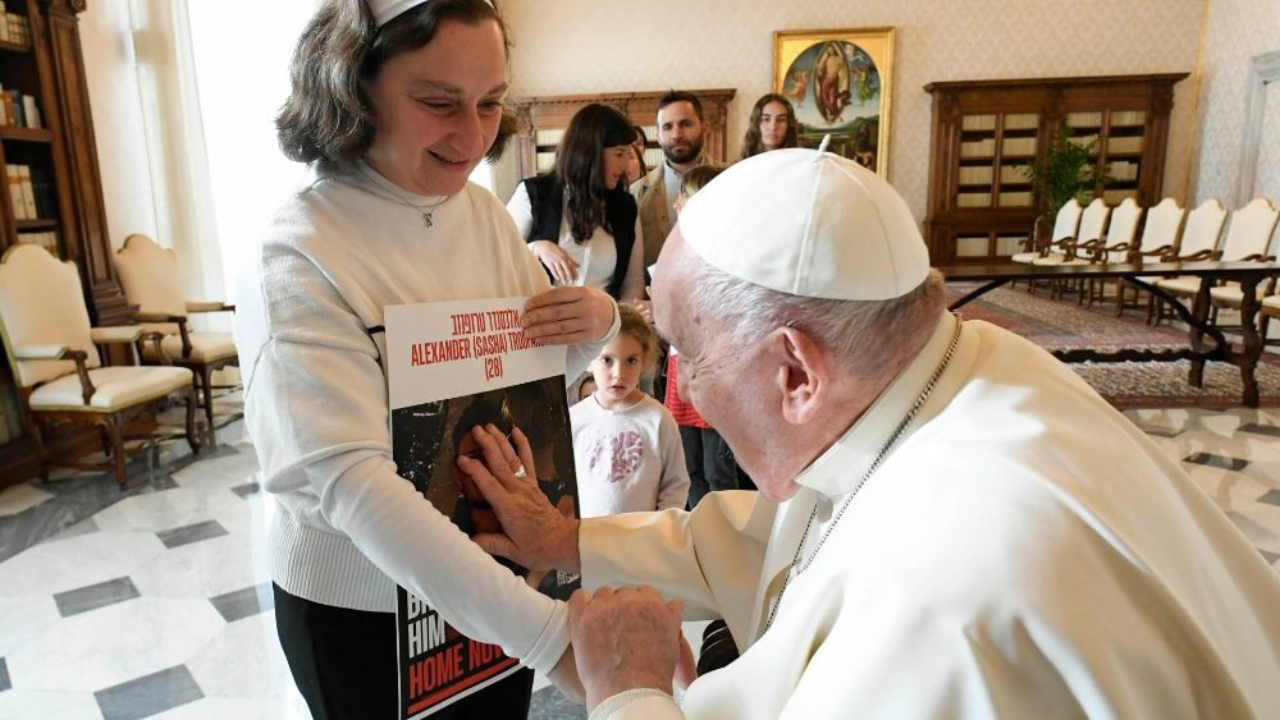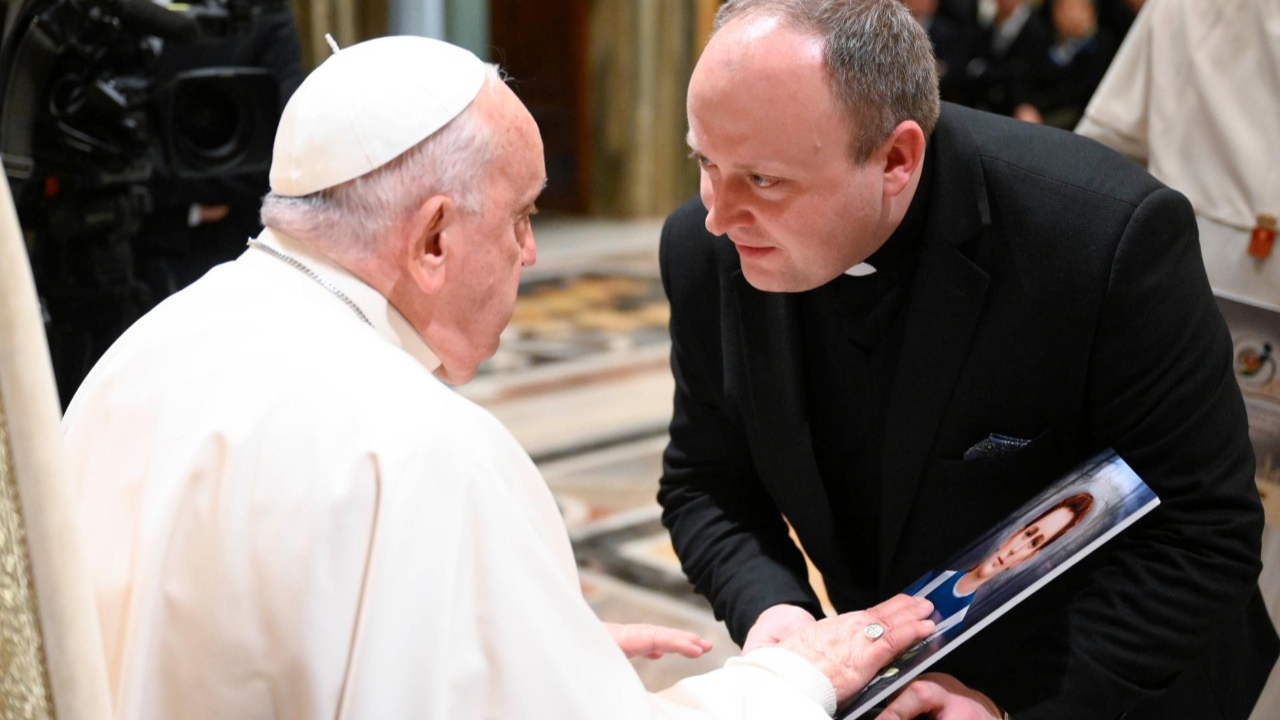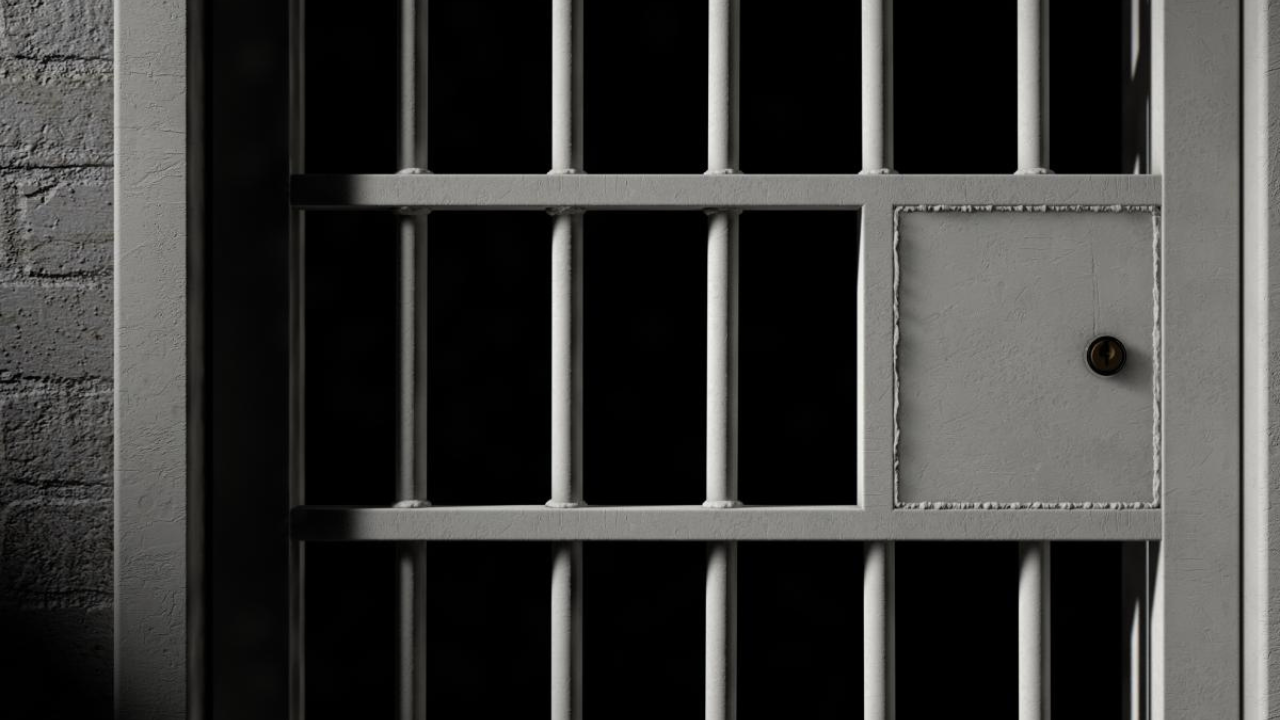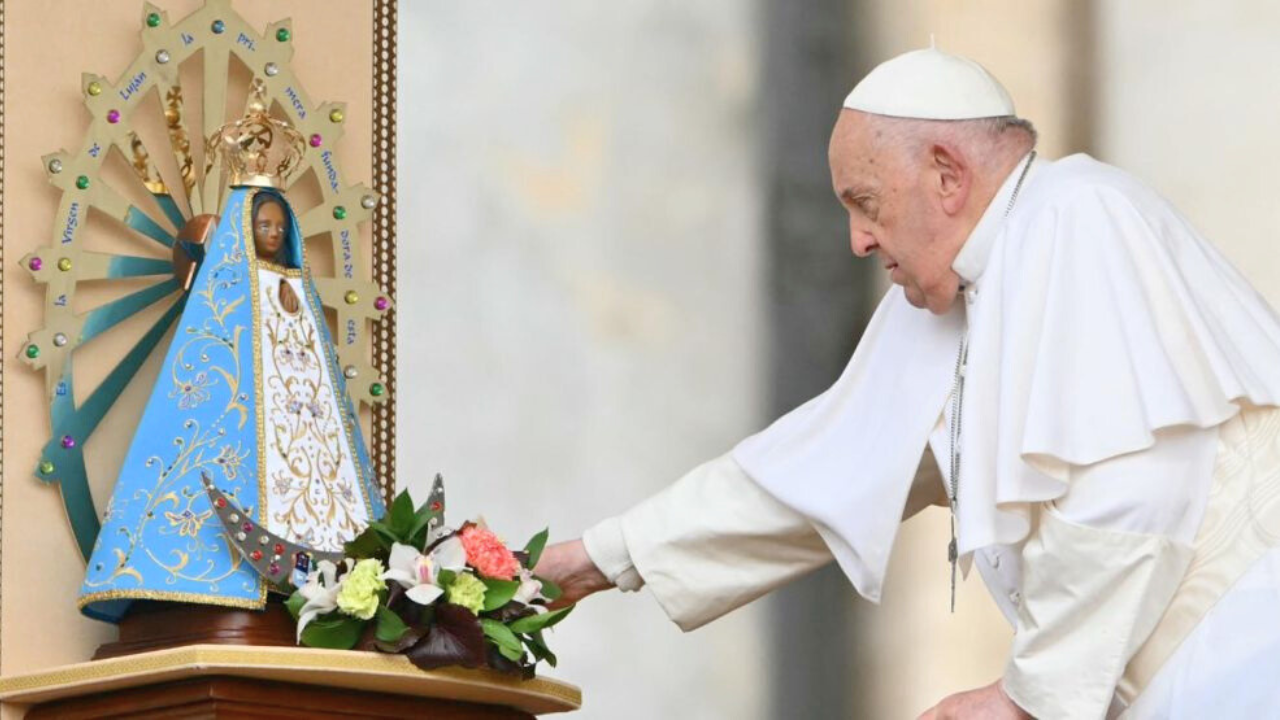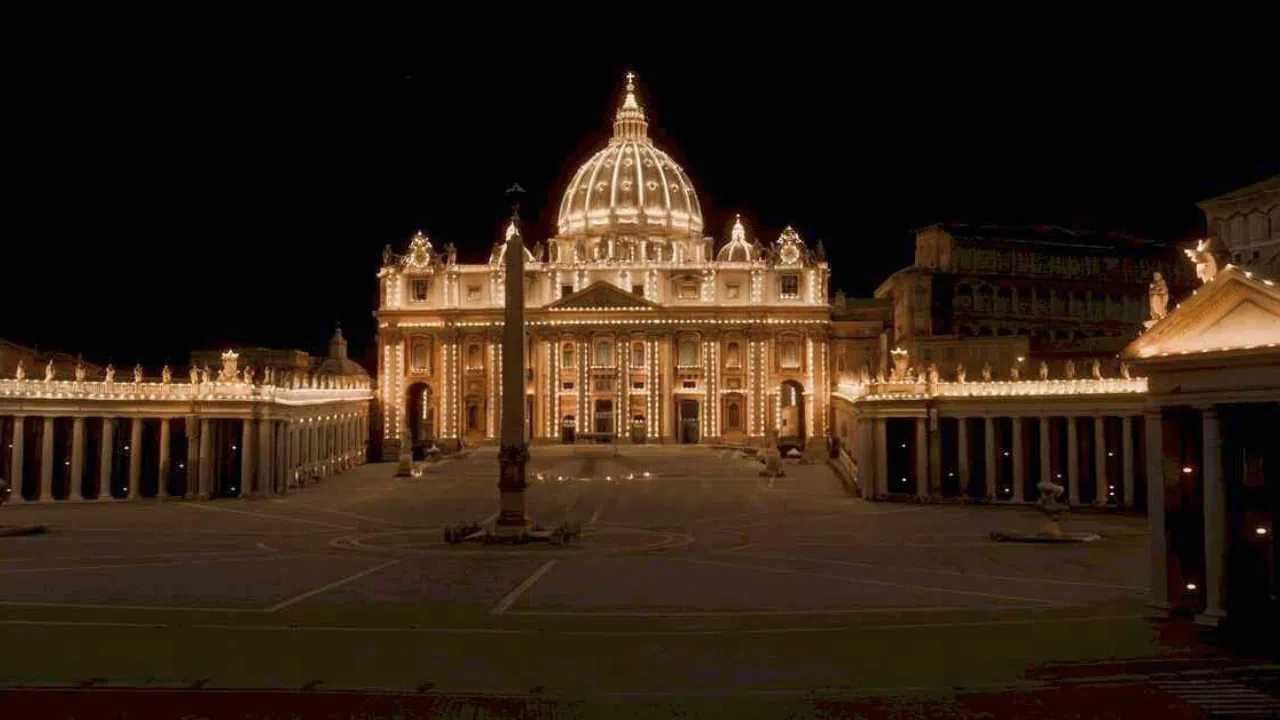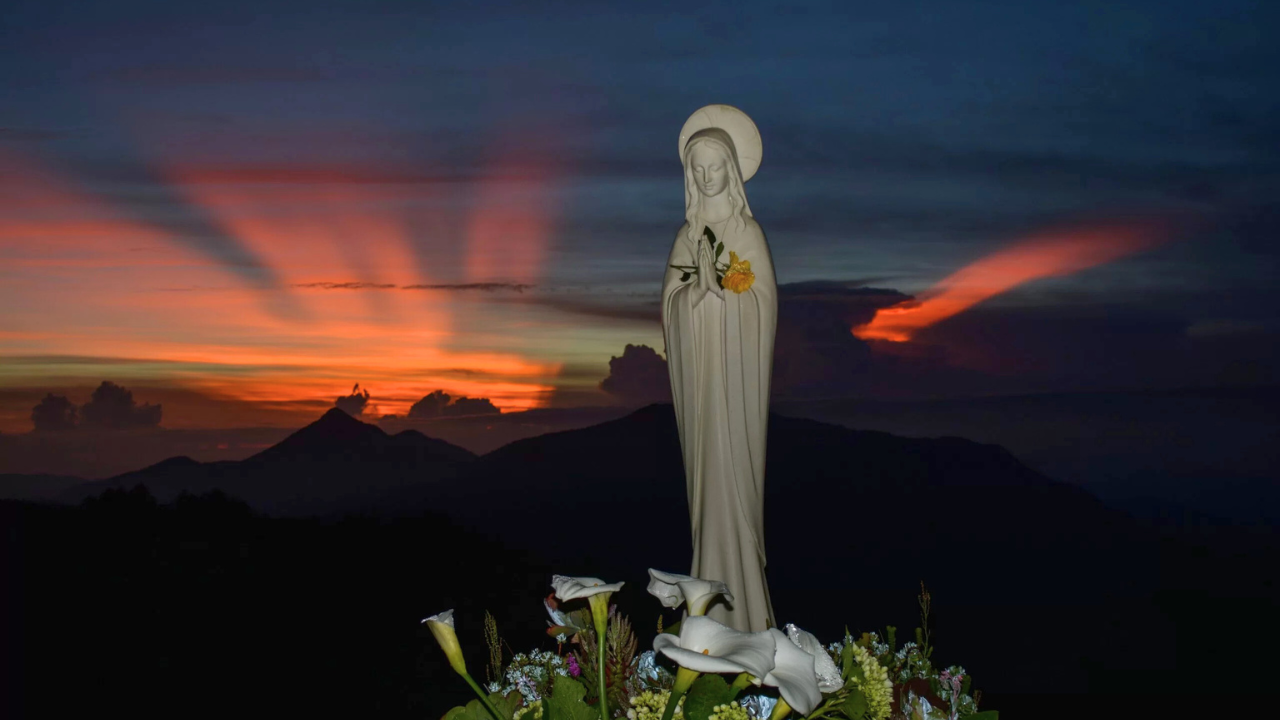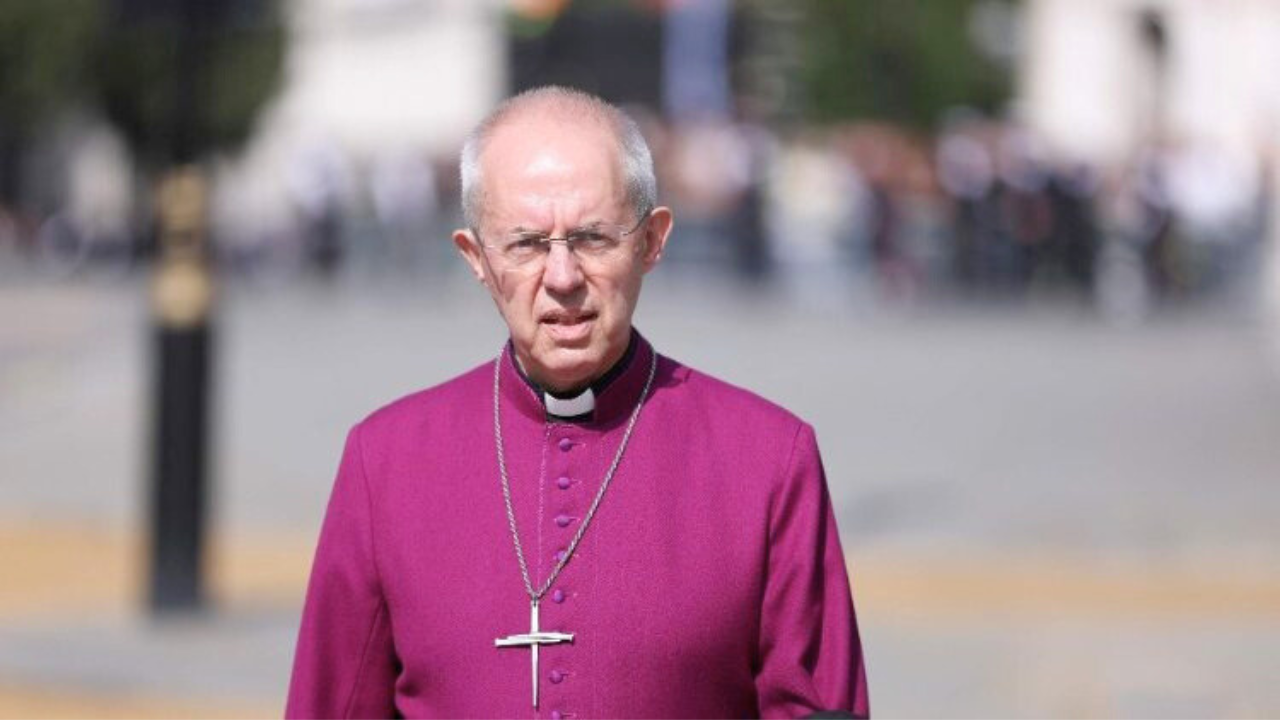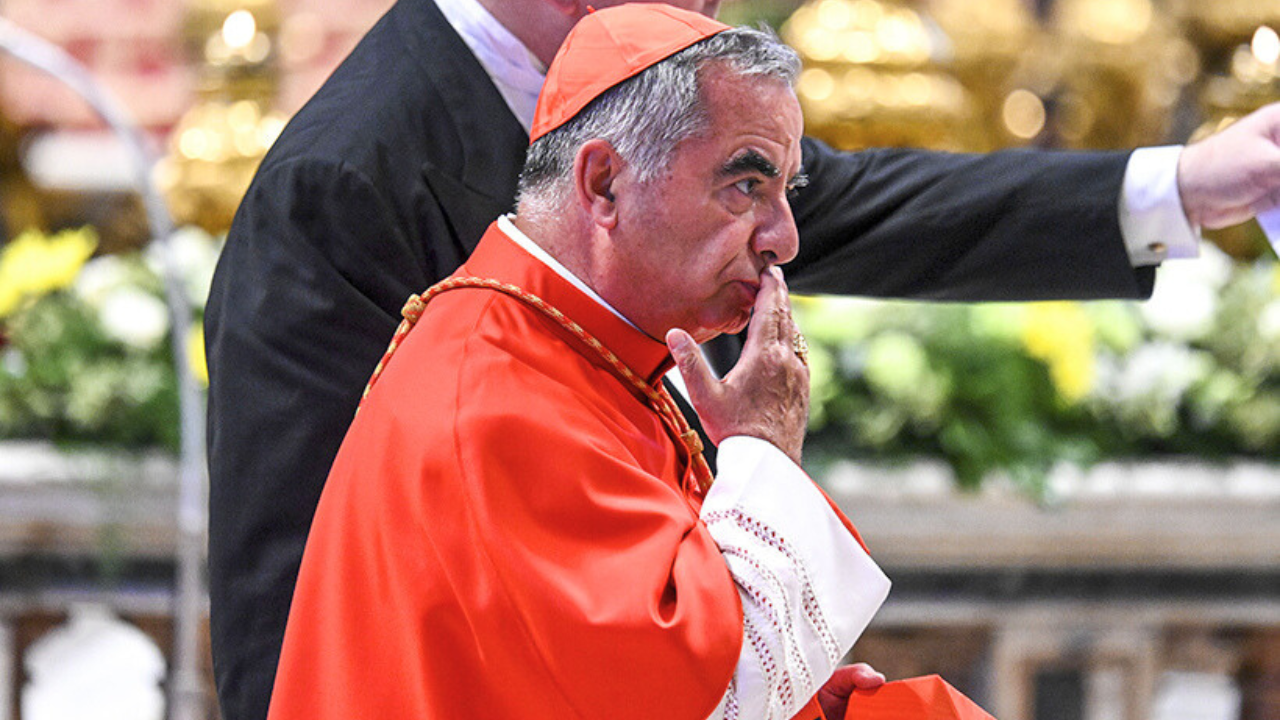We saw the cars and other vehicles riddled with bullets. The refugees being detained, and the cars that took the refugees all shot up.
That's how Vita describes her escape from Ukraine. The corpses of her fellow countrymen littering the ditches along her journey from Kremenchuk, near Kharkiv, to the Polish border remind her of the risk she took fleeing the country.
It was a difficult decision, but I don't regret it.
On March 19, Vita and her children of 12 and 18 finally reached Italy.
VITA
Ukrainian refugee
We were taken to the border with Poland, to the refugee center there somewhere. One night, they asked us which country we wanted to go to, and we said we wanted to go to Italy, so they sent us to some volunteers who registered us and told us that the next morning volunteers would arrive from Italy. The next day, four black minibuses arrived from a volunteer group. It was a long 27-hour long journey with the Italian Red Cross who brought us to Rome.
Vita is one of the 102 people, mostly women and children, who have been given a home in one of the 23 buildings that have received Ukrainian refugees through a project launched by Cáritas Rome together with the Italian Civil Protection Department.
LUIGI PETRUCCI
Cáritas Rome, Ukrainian Emergency Reponse
The prefecture gave us the list of people and family members that had to be brought in to our buildings. So, we went to look for these people and we physically moved them from the hotel to the parish or an available religious institute. From that moment on we began that path of walking together.
The project is not limited to finding a home for refugees, but follows them to assist in their integration into the host country.
LUIGI PETRUCCI
Cáritas Rome, Ukrainian Emergency Reponse
For example, there are families that have been separated by the prefecture that must be reunited. There are situations in which some families want to return as soon as possible to Ukraine, rightly so, and so they don't want to send their children to school, they continue doing remote learning from Ukraine. On the one hand, this is very nice because it keeps that active link, but it doesn't lead to integration. The problems that need to be faced are very complicated. There was one family, for example, that was received in one building, but there they were not comfortable because it reminded them of the bunker where they were in Ukraine, so we had to move them.
Cáritas Rome was able to actively respond to the flood of refugees leaving Ukraine as early as last March, since they had previous experience handling these types of emergencies.
GIUSTRINO TRINCIA
Director, Cáritas Rome
We are part of a process called “widespread welcome” that the Church in Rome has been experimenting with for years, especially since 2015: Pope Francis called us to open our own homes, convents, monastaries, religious institutions, parishes. This as an effort that has been going on for some years, so when we launched this call to welcome, to encounter, and be close to these people, we found fertile ground. By now, there are many parishes, religious communities, and families, that have offered this kind of oppenness.
Parish of Saint Corbinian
One of the parishes offering lodging and financial support is Saint Corbinian's, where Vita and her children have found the peace they longed for when they left Ukraine behind.
VITA
Ukrainian refugee
On the first day of the war my husband was taken to go fight, and I was left alone with the children. I was very afraid, and we heard sirens day and night. I couldn't go to work because I couldn't leave my children alone, and my parents were far away in another region.
Here we are okay, I am truly okay in this house, in this place.
VITA
Ukrainian refugee
I don't regret coming here at all, because I am calm and I know that my children can sleep peacefully and be safe.
The only thing that makes me sad about being here is not being able to help in the situation in Ukraine, I would have liked to be able to do something.
